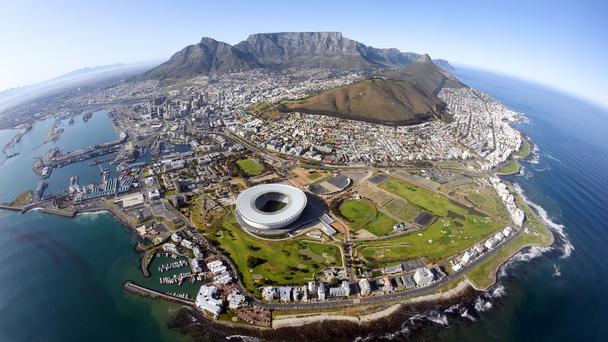From offering plentiful bike paths and thriving farmers’ markets to ensuring cleaner air, a city’s environmental efforts don’t just help the planet – they benefit residents too.
According to the Siemens Green City Index, an ongoing project researched by the Economist Intelligence Unit, the world’s greenest cities score high marks in CO2 emissions, transportation options, water and waste management, and overall environmental governance.
Different urban areas have different sustainability strengths, so we talked to residents in the top-ranked cities across the globe to find out what living in them is like.
Vancouver, British Columbia
Compared to other cities of its size, Vancouver scored incredibly well in C02 emissions and air quality, due in part to the city’s emphasis on promoting green energy and its use of hydropower. Vancouver has vowed to reduce emissions by 33% by 2020.
That commitment doesn’t surprise resident Lorne Craig, who moved to the city from Calgary in 1985 and writes the Green Briefs blog. "Vancouver has been home to a deeper green counter-culture since the 1960s and is recognized worldwide as the birthplace of Greenpeace,” he said. "Mountains tower over the city. It reminds everyone here that we are part of something bigger and more beautiful.”
As other cities continued building freeways that promoted driving and sprawl, Vancouver remained committed to urban living, as evidenced by the development of Granville Island, a pedestrian-friendly peninsula where residents frequent large public market and art studios.
Plenty of other Vancouver neighbourhoods are eco-friendly too. A large network of bike routes makes cycling around town easy, especially West 10th Avenue, where people regularly cruise on bikes, electric scooters and even unicycles. Craig said the neighbourhoods of Commercial Drive and Strathcona, both east of downtown, are "more left-wing green” – meaning, more politically active – while Kitsilano to the west and the Main Street neighbourhood to the south of downtown are "more the Prius type of green” – wealthier, with a more laid-back approach to activism.
Curitiba, Brazil
Of all the cities on the South American Siemens Index, only Curitiba scores above average in the green rankings. After building one of the planet’s first large-scale, rapid-transit bus systems in the 1960s and developing a world-leading recycling program in the 1980s, the southern Brazilian city continues to be environmentally forward-thinking. In fact, the heavy use of public transportation means Curitiba has one of the highest air qualities in the index.
However, the city could use some revitalization, according to resident Stephen Green, who moved to Curitiba 15 years ago from London and writes the city lifestyle blog Head of the Heard. While Curitiba plans to build a metro system and an additional 300km in bike routes, the projects are expensive and the city needs more funding to complete them. Still, compared to other cities in the region, "Curitiba is excellent,” Green said.
Green lives in Merces, a traditional city-centre neighbourhood that’s popular with older residents. "We have a good market on Sundays, decent public transport links and the biggest park in the city is close by,” he said. Farmers’ markets move around the city, helping residents find local organic produce.
Copenhagen, Denmark
Though fellow Scandinavian cities Oslo and Stockholm trail close behind, Copenhagen consistently ranks as Europe’s greenest city. Almost all of the residents live within 350m of public transportation and more than 50% regularly use a bicycle to commute. As a result, Copenhagen has extremely low C02 emissions for a city its size.
(BBC)
ANN.Az




Follow us !











